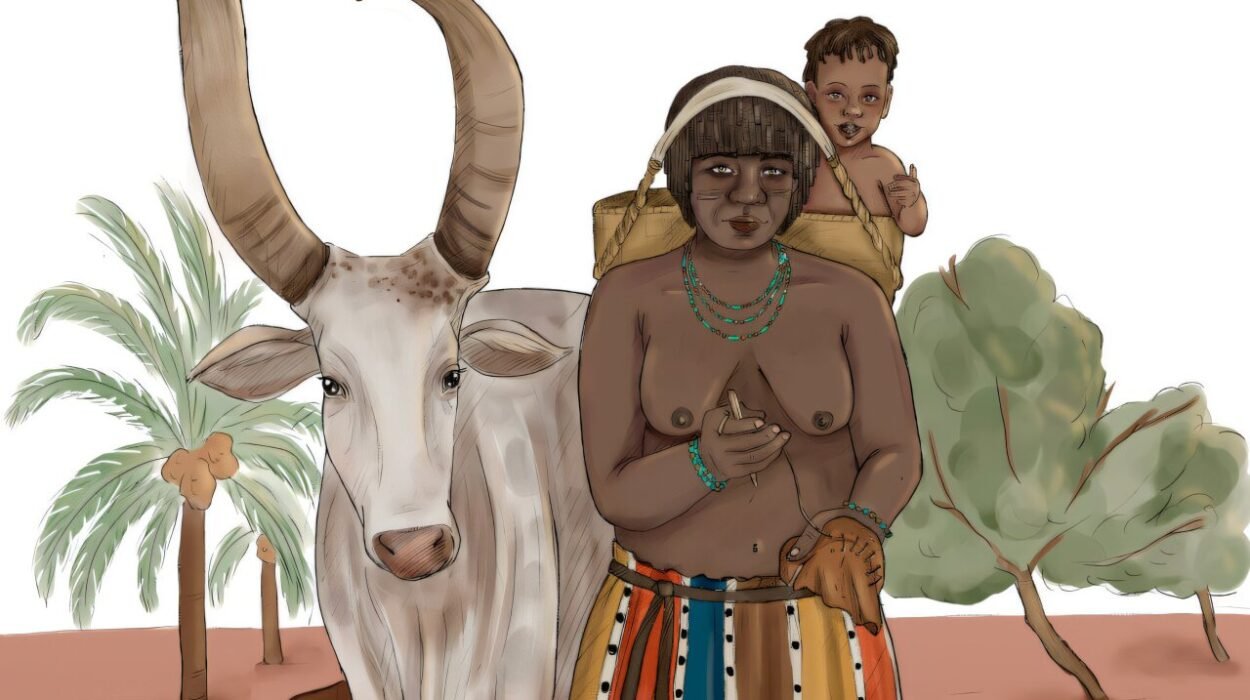The story of humanity’s deep past is like an immense, slowly unfolding scroll—its characters only vaguely drawn, its lines often torn and missing. Yet now and then, a fragment is uncovered that alters how we read the whole. That is exactly what happened when archaeologists from the University of Washington unearthed a technological system in the mountains of southwest China that had, until recently, never been seen outside of Europe. It’s not just a new page in our understanding of ancient East Asia—it’s a dramatic rewrite.
For decades, the Middle Paleolithic period—spanning roughly from 300,000 to 40,000 years ago—has been portrayed in textbooks as a dynamic chapter in European and African prehistory. This era saw the rise of Homo sapiens, the flourishing of Neanderthal culture, and the early stirrings of modern cognition. It was an age of innovation, migration, and social complexity. But in East Asia, the same period has often been described as relatively uneventful, even stagnant. Many scholars assumed that tool-making and cultural evolution in the region lagged behind. That image has just been cracked wide open.
The spark came from Longtan, an archaeological site tucked within the subtropical karst landscapes of Guizhou Province. Here, researchers discovered something entirely unexpected: a complete Quina lithic technology system, a sophisticated and distinct toolkit associated with Neanderthals in Ice Age Europe. The find, dated to between 50,000 and 60,000 years ago, challenges long-held assumptions about technological development across continents. It suggests that the populations inhabiting ancient East Asia were not simply static communities clinging to old traditions. They were innovators, experimenters, and—perhaps most surprisingly—connected, in some way, to global movements of technology.
At the center of the Quina system lies the scraper—a robust, chunky tool with a wide, sharp edge shaped through deliberate resharpening. These scrapers are the Swiss Army knives of the Middle Paleolithic, used for scraping hides, bones, antlers, and wood. What makes the Longtan discovery remarkable is not just the presence of these scrapers, but the entire manufacturing process that surrounds them. Researchers found the telltale flakes and debris—the lithic detritus—left behind by ancient toolmakers who expertly chipped stone cores into practical forms. This wasn’t a one-off or accidental resemblance to European tools. This was the real deal: a complete and functional Quina toolkit, thousands of kilometers from its previously known range.
“This is a big upset to the way we think about that part of the world in that period of time,” said Ben Marwick, archaeologist and co-author of the study. His voice, layered with awe and anticipation, reflects a field poised on the edge of revelation. “It really raises the question of, what else were people doing during this period that we haven’t found yet? How is this going to change how we think about people and human evolution in this area?”
To grasp the significance, one must first understand the weight of the term “Quina.” Named after the La Quina site in France, this technology is characterized by a particular way of preparing stone cores to remove thick flakes, producing a series of distinctive tools. In Europe, Quina is tightly linked with Neanderthal populations—especially those surviving in colder, glacial environments. Its presence in China upends the tidy boundaries that once divided Old World prehistory into neat regional narratives. It invites a bigger, bolder question: how did this technology end up in East Asia?
Two main hypotheses are now on the table. The first is diffusion—that people carrying the Quina tradition gradually moved eastward, perhaps in waves of migration, bringing their toolmaking know-how with them. This would mean that ancient populations were far more mobile and interconnected than previously assumed, potentially even overlapping in territories where Homo sapiens, Neanderthals, and Denisovans mingled. The second possibility is convergence—separate groups facing similar challenges independently arrived at similar solutions. That would suggest the cognitive and cultural capacities required for Quina-like technology were more widespread than previously believed.
To answer these questions, researchers will need to find what archaeologists call a “deep stratigraphy”—a site with well-preserved layers that offer a timeline of tool development. “We can try to see if they were doing something similar beforehand that Quina seemed to evolve out of,” Marwick explained. “Then we might say that development seems to be more local—they were experimenting with different forms in previous generations, and they finally perfected it. Alternatively, if Quina appears without any sign of experimentation, that suggests this was transmitted from another group.”
Either answer is profound. In the first scenario, we see innovation blooming locally—perhaps sparked by environmental pressure or social collaboration. In the second, we confront the real possibility of a prehistoric information highway—a web of knowledge passed across vast distances and through diverse human lineages.
It’s important to note that until now, many scholars have hesitated to entertain these possibilities. There has been a persistent narrative—an inertia of thought—that portrayed Paleolithic China as a place of long technological stasis. Part of this bias comes from the legacy of colonial-era archaeology, which privileged European discoveries and overlooked or undervalued Asian contributions. Another factor has been the sheer difficulty of accessing and excavating sites in remote regions of China, coupled with the complexities of dating and interpreting ancient materials.
But that’s beginning to change. Chinese archaeologists are increasingly connected with the global research community, and they’re better equipped to recognize patterns, technologies, and clues that once went unnoticed. With increased funding, advanced analytical tools, and international collaboration, sites like Longtan are being scrutinized with fresh eyes and more open minds. The result? Discoveries that defy expectations and reshape narratives.
Marwick and his team hope that the next major breakthrough will involve the discovery of human remains alongside the tools. Stone tools can tell us how people lived, but bones tell us who they were. “That could answer the question of whether these tools are the product of a modern human like you and me,” Marwick said. “There have never been any Neanderthals found in East Asia, but could we find a Neanderthal? Or, more likely, could we find a Denisovan, which is another kind of human ancestor?”
Denisovans remain one of the most mysterious branches of the human family tree. Known primarily from a handful of bone fragments and teeth discovered in Siberia’s Denisova Cave, their genetic legacy lives on in modern populations across Asia and Oceania. But their archaeological footprint is frustratingly sparse. If a Denisovan toolkit could be definitively identified—especially one as distinct and widespread as Quina—it could offer the first real glimpse into their culture, their behavior, and their innovations.
And then there’s the wild card: the possibility of discovering a previously unknown hominin. We already know that our ancestors coexisted with a rich diversity of human species—Neanderthals, Denisovans, Homo floresiensis in Indonesia, and Homo luzonensis in the Philippines. Could there be another cousin out there, hidden in the caves and riverbanks of southern China? The odds are not so remote.
As archaeology enters its data-rich, tech-powered age, the dream of illuminating our ancient past no longer feels so distant. The Quina tools at Longtan serve as a lighthouse, signaling that there are still vast regions of our history cloaked in shadow. They remind us that human creativity, adaptability, and curiosity are not recent traits—they are part of our DNA, shaped over tens of thousands of years in every corner of the globe.
And as we dig deeper into this story—layer by layer, site by site—we’re not just learning about stone tools and migration routes. We’re learning something fundamental about ourselves. About our shared roots. About the ingenuity and resilience of our ancestors. About how even in the deepest past, we were already shaping the future.
More information: Qi-Jun Ruan et al, Quina lithic technology indicates diverse Late Pleistocene human dynamics in East Asia, Proceedings of the National Academy of Sciences (2025). DOI: 10.1073/pnas.2418029122






